Pressure on the Most-Likely Donors
Assume the premise, based on data, there are fewer and fewer people making philanthropic gifts and the top 5% of donors are providing as much as 95% of the revenue for nonprofits. Actually, you shouldn't assume it because it's true. Less than 50% of households in the United States make a charitable gift on an annual basis. And the largest donors are driving more and more of the total philanthropic dollars being given to nonprofits in the United States.
Add to this that almost everyone would agree that the inflationary pressures we face today probably affect the richest in our society the least. To be candid, those with resources don't worry about food prices or gas prices nearly as much as those who are working overtime and second jobs to make ends meet.
But now connect the two thoughts.
An article from Fox Business highlights a conversation that most people won't want to have but factually seems accurate. Recently, the founder of Forbes, Steve Forbes, was commenting on the potential recession and current economic climate. Steve went on the record to indicate that he believes that this will become more of an asset recession and that those who are the wealthiest in our country will actually feel an enormous effect long-term on their overall riches. Specifically, he highlights a decrease in the stock market, increased debt loads from cheap interest rates over the last five-to-seven years, and the possibility of a lost decade in asset growth.
Again, as Steve Forbes indicates, those with higher levels of resources aren't going to worry about food. The problem is it's those individuals who are providing most of the philanthropic revenue in the United States. And thus the nonprofit conundrum.
As our most likely donors who are going to make the biggest impact in our nonprofits are sensing a changing environment for their wealth, the most likely outcome is that they choose to give less. They will take care of themselves to a small degree. They will make changes in how they give. They'll make changes in how much they give. They'll make changes in how many places they choose to give. All of these adjustments will affect nonprofits in massive ways considering that the largest donors are making up a majority of our philanthropic revenue.
This type of conversation needs to be had not only within executive teams within the nonprofit, but also within board-level strategic vision efforts. What are nonprofits going to do to diversify their philanthropic opportunities? Are they having robust, in-depth conversations with their best donors about how they feel about the economic circumstances and what that means for their charitable giving?
Failure to have tangible, critical conversations within nonprofit organizations may come back to haunt those who don't want to face the reality of some of the wealthiest in our community: their potential decision to philanthropically give less.


